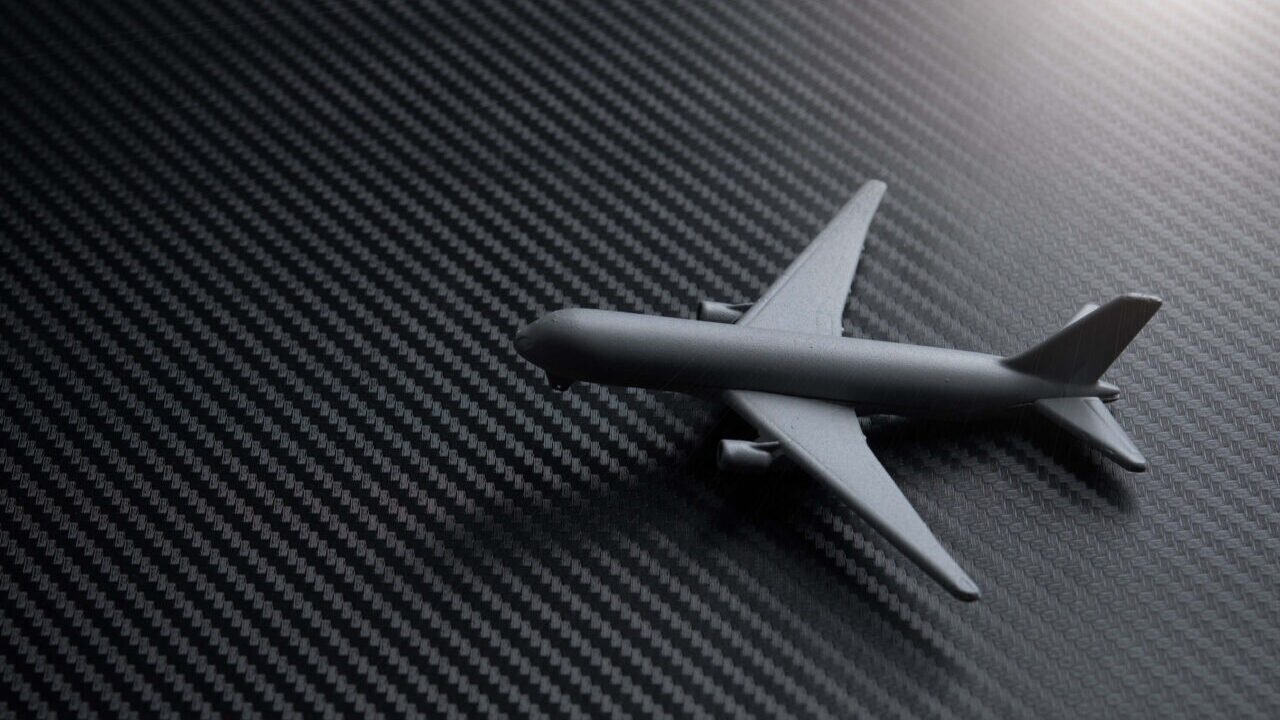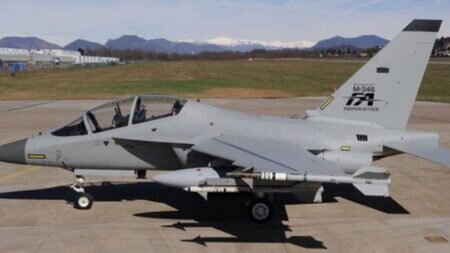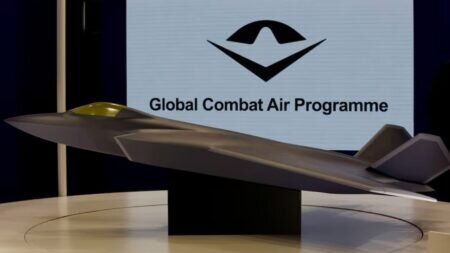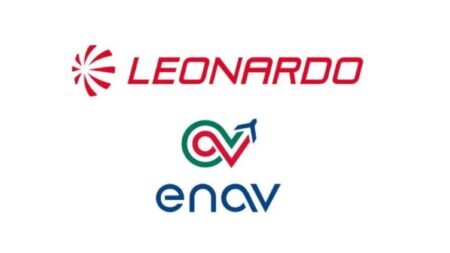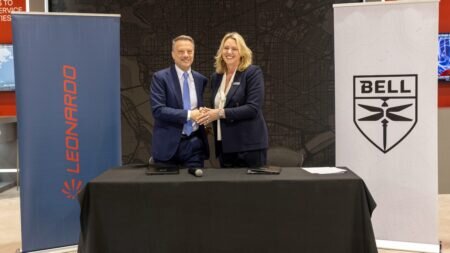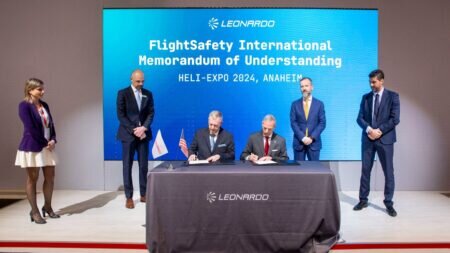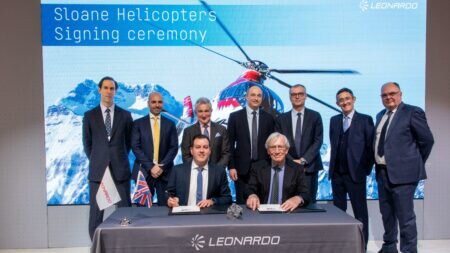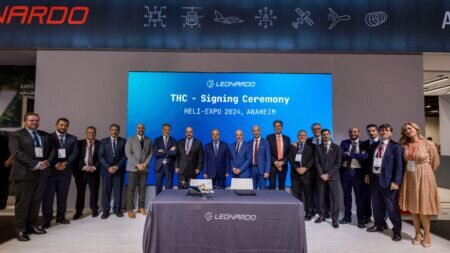The Hera Group, through its subsidiary Herambiente, and Leonardo, through its Aerostructures Division, will work together to research the recovery of carbon fibres in polymer matrix composite materials used in aircraft parts. Thanks to the innovative plant built in Emilia-Romagna by the multi-utility and the know-how developed in the Leonardo Group’s laboratories, the precious material will be recycled with positive spin-offs for sustainability and circularity.
This marks the start of full-scale testing of a future industrial carbon fibre recovery activity in the aerospace sector using advanced technologies that permit its reuse as a secondary raw material.
Through its academic and industrial partnerships, over the years, Leonardo has developed in-depth expertise in recycling materials and processes and, aided by the waste recycling expertise of Herambiente, Italy’s leading operator in the environmental sector, is engaged in closing a circular industry-wide supply chain in this strategic sector.
Orazio Iacono, CEO of the Hera Group said: “This partnership, which is entirely consistent with the Hera Group’s goals of decarbonisation and development of the circular economy, is also strategically important in promoting short (reshoring) and circular supply chains in Italy and Europe. These pioneering projects call for alliances where each partner provides resources and expertise to assist in the green transition processes of many domestic industrial champions operating in different business sectors, such as aerospace, automotive, sailing and furniture, to name a few, and thus generate environmental, economic and social benefits for many supply chains.”
Stefano Bortoli, Managing Director of Leonardo’s Aerostructures Division, said: “A partnership that not only seeks to recover and regenerate carbon fibre, but also focuses on innovation because it can consolidate and further develop know-how that will make the recycling of carbon fibre-reinforced composites even more efficient. Thanks to this agreement with Herambiente, Leonardo is even more committed to maintaining the circular value of waste, reducing the use of virgin raw materials and using recycled materials for internal applications, as laid out in the Group’s broader Sustainability strategy.”
Technological research and innovation are the enabling factors for creating circular business models in line with the Leonardo Group’s sustainability strategy and international multilateral commitments. Circular models and practices are becoming increasingly key to competitiveness by supporting innovative processes and the ability to attract talent.
The agreement is strategically significant since Europe is very much lacking in virgin carbon fibre production. Thus, developing supply chains capable of regenerating valuable resources locally will help support the process of European industrial self-sufficiency.
Leonardo’s Aerostructures Division will give Herambiente some of the waste fibres from constructing the components of some of the best-known civil aircraft in the commercial aviation sector. To mention a few examples, the stabiliser of ATR turboprops, the fuselage and horizontal stabiliser of the Boeing 787 or, again, the tail planes of the Airbus A220.
At the innovative plant under construction in Imola, near Bologna, Herambiente will subject this waste to pyro-gasification, and the (gasified) composite material resins will be separated from the carbon fibres using hot technology. This process, developed with the help of the Department of Industrial Chemistry of the University of Bologna and Curti SpA of Castelbolognese, near Ravenna, will regenerate fibre with performance comparable to new, also based on studies on the subject carried out by Leonardo.

